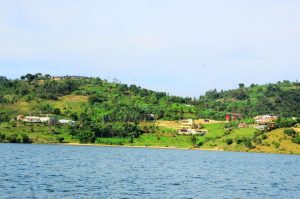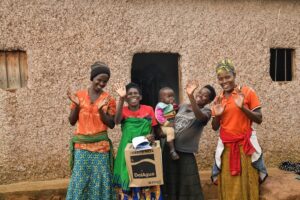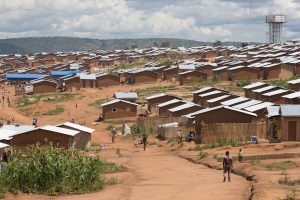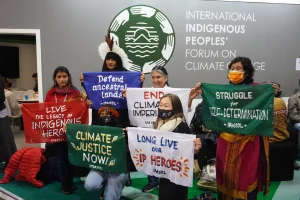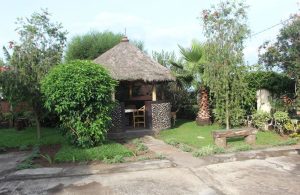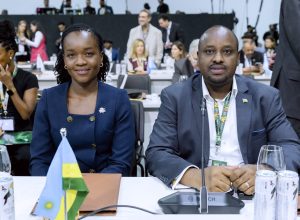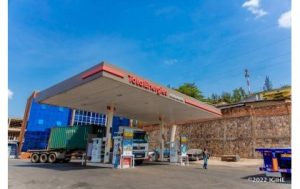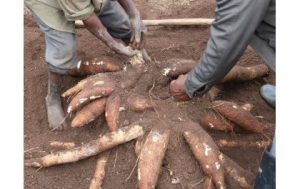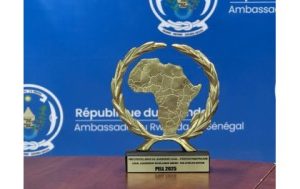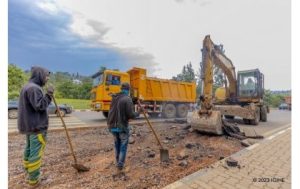What is inside Rwanda’s Ambitious 2025 Urbanisation Policy
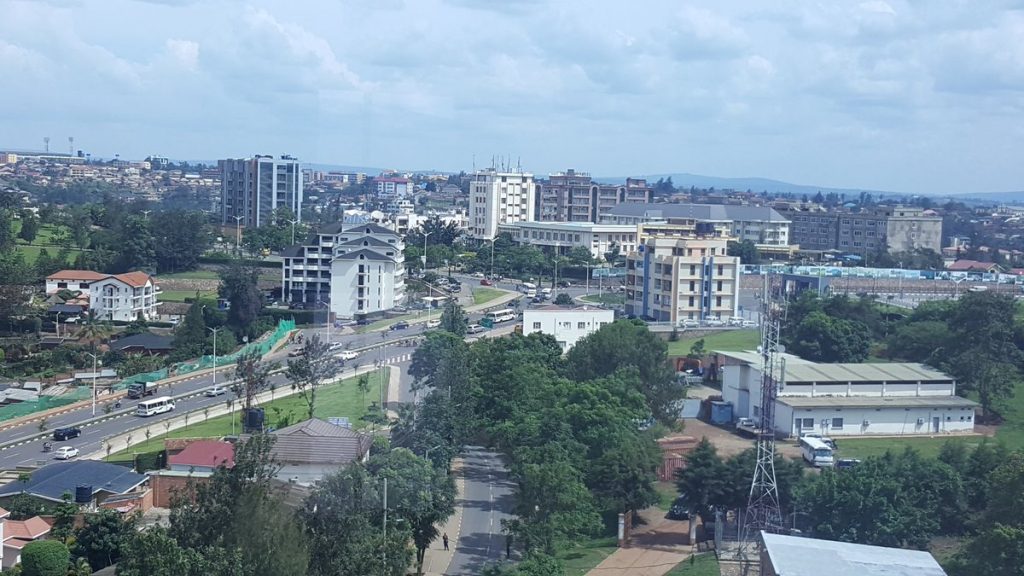
Kigali, Rwanda—The Republic of Rwanda’s Ministry of Infrastructure (MININFRA) has published its revised National Urbanisation Policy (NUP) in February 2025, setting an aggressive course for the country’s demographic and economic future. The policy aims to accelerate urbanization rates, with the national urban population targeted to increase from 27.9 percent in 2022 to approximately 70 percent by 2050 (about 18.5 million people).
The NUP revision was deemed necessary due to persistent critical urban challenges—including informal settlements, environmental degradation from urban sprawl, and the need for job creation—and major shifts in policy direction, such as the adoption of Vision 2050.
A New Policy Framework: Pillars and Vision
The core message of the revised NUP is to achieve the spatially balanced development of sustainable, productive, and inclusive urban human settlements throughout Rwanda. The policy’s goal is to accelerate urbanization rates and, in doing so, create hubs of inclusive and green growth through well-managed cities and resilient urban infrastructure.
The policy is structured around four interconnected pillars:
- Coordination: Engaging in institutional coordination across government, with the private sector, and with civil society, focusing on budget alignment and cooperation.
- Densification: Encouraging the efficient use of land and compact development to limit urban sprawl and reduce commutes.
- Liveability: Improving the quality of life for all residents by enhancing access to basic and social services, green spaces, and promoting healthy, safe, and climate-resilient urban environments.
- Economic Growth: Maximizing the productivity of urban citizens by facilitating equitable access to employment opportunities and prioritizing the creation of high-value green jobs in strategic high-priority sectors.
These pillars are reinforced by crucial cross-cutting themes, including Green and Resilient Development, Social Inclusion, SMART Growth, Robust Urban-Rural Linkages, and Housing Affordability.
Decentralization and Balanced Growth Strategy
A major thrust of the policy is to address the continued reliance on Kigali as the country’s primate city, which has resulted in imbalanced growth. The NUP stresses achieving balanced urban and territorial development across the national settlement hierarchy, which ranges from the capital city to satellite cities, secondary cities, district towns, and rurban centres.
To support this decentralization, a key policy action under the Coordination pillar is the establishment and full operationalization of City Management Offices (CMOs) in secondary and satellite cities. These offices are intended to enhance management of city functions by coordinating strategic planning, budgeting, revenue collection, service delivery, and citizen engagement at the local level.
To ensure economic pull factors are created outside the capital, the policy emphasizes prioritizing critical economic nodes within cities for Transit-Oriented Developments (TOD). Furthermore, structural transformation will be supported by creating employment opportunities in highly productive sectors like commodity-based agro-processing, services trade, and ICT.
Addressing Informality and Funding Urban Infrastructure
The revised NUP outlines specific mechanisms for inclusive development, particularly concerning the significant proportion of the urban population living in unplanned settlements. The guiding principles prioritize in-situ urbanisation and in-situ urban upgrading. This involves promoting in-situ upgrades—a rights-based approach that minimizes relocations and focuses on providing basic services and secure tenure within existing informal settlements.
Recognizing that improvements often lead to increased demand for land and property prices, potentially causing gentrification and forcing lower-income residents out, the policy mandates measures to mitigate these negative externalities. These include mechanisms such as low-income housing quotas and regulated rental markets to protect the security of tenure for poor households.
Financially, sustainable urbanisation is currently limited by insufficient budgets and inadequate own-source revenue generated by districts. To address this, the NUP promotes improving financial sustainability by strengthening the capacity of local institutions to harness urbanization as a municipal revenue-generating opportunity.
A critical strategy to fund infrastructure and public amenities is the utilization and scaling up of Land Value Capture (LVC) mechanisms. Beyond property tax, one of the most promising LVC mechanisms is the use of land pooling/readjustment schemes, which can generate revenue by reallocating land parcels and distributing the resulting increased land values.
Commitment to Green and Resilient Cities
The NUP reflects Rwanda’s long-term aspiration to become a developed, climate-resilient, and low-carbon economy by 2050. Environmental sustainability and climate resilience are paramount, given Rwanda’s vulnerability to weather and climate shocks.
The policy calls for promoting ecological-focused projects to ensure green and blue assets are created, restored, and protected. It emphasizes mainstreaming and intensifying the use of Nature-based Solutions (NbS) and Ecosystem-based adaptation (EbA) to manage and mitigate risks like floods and landslides. For instance, given the prevalence of wetlands, there is strong potential for cities to be developed into “sponge cities” that mitigate flood risk by absorbing and re-using rainwater. The policy also mandates that new urban policies and strategies must undergo a Strategic Environmental Assessment (SEA).

SUBSCRIBE TO OUR NEWSLETTER



